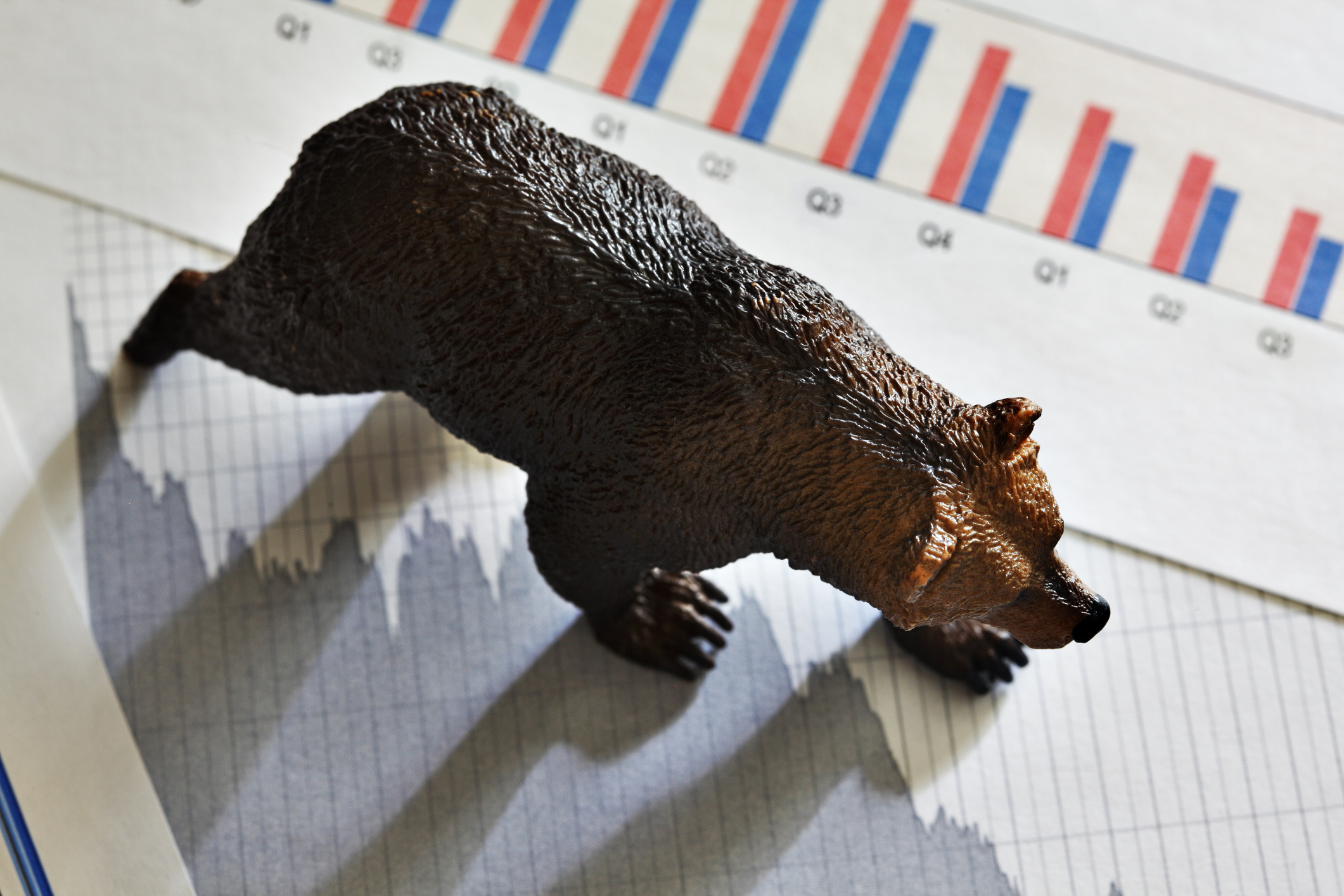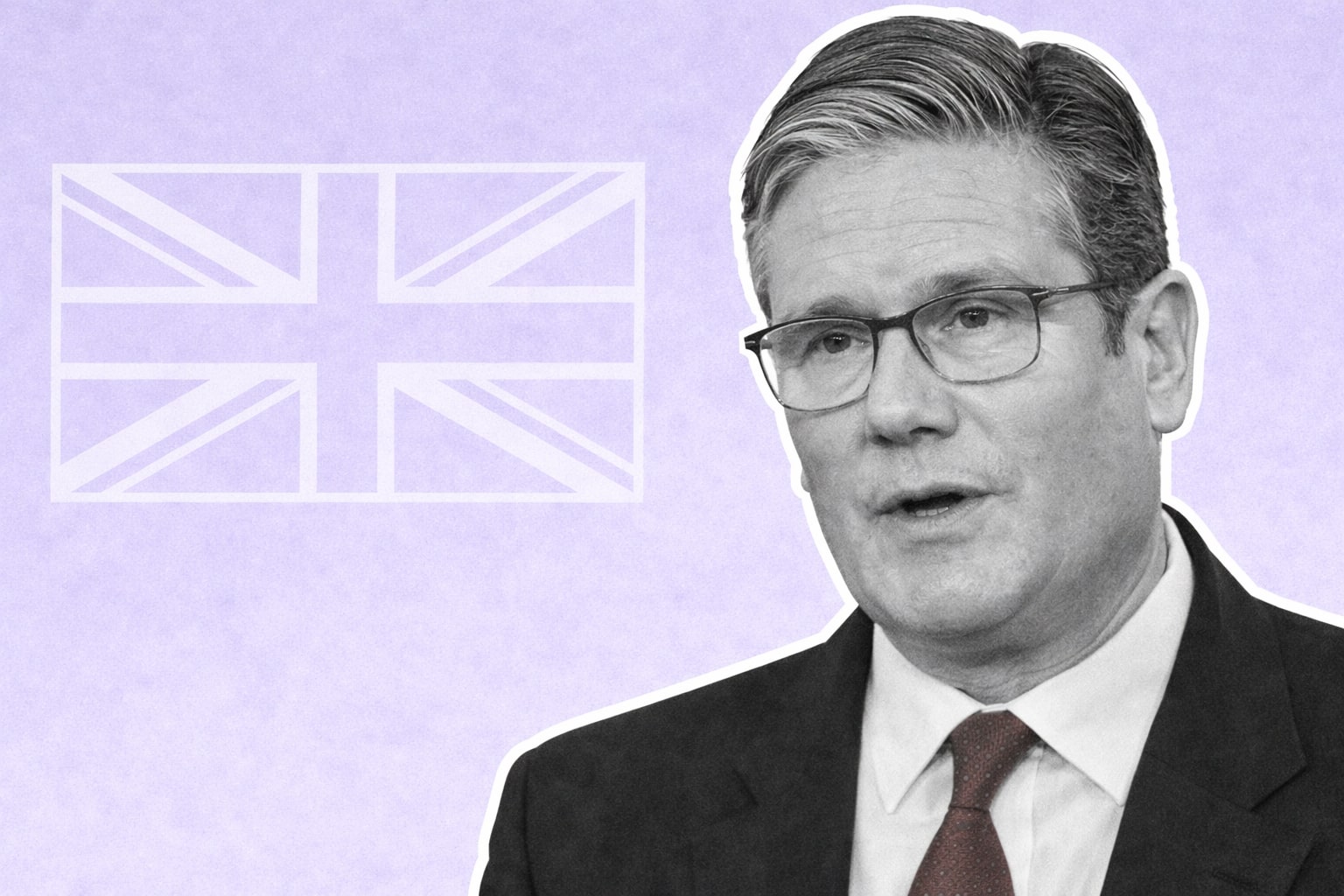
S&P 500 Closes Higher, Signals Start of New Bull Market
Traders Prepare for Federal Reserve Meeting and Inflation Data as Market Sentiment Remains Positive
The S&P 500 closed higher on Friday, indicating the beginning of a new bull market, although it failed to reach session highs. Market sentiment remains positive as traders eagerly await the Federal Reserve's policy meeting and upcoming inflation data next week.
The benchmark S&P 500 continued its upward trajectory, extending its winning streak to four weeks, the longest since the July-August 2022 period. The Nasdaq Composite also notched its seventh consecutive week of gains, while the Dow Jones Industrial Average rose, contributing to the overall market's positive performance.
Several factors have supported Wall Street this year, including a rally in mega-cap stocks, better-than-expected earnings season, and expectations that the Federal Reserve is nearing the end of its rate-hiking cycle. Despite concerns about a possible recession and sticky inflation, investors have remained optimistic.
Tech companies such as Apple, Advanced Micro Devices (AMD), and Nvidia saw their shares rise after a slight decline earlier in the week. Market participants anticipate that the Federal Reserve will pause its rate increases, which could further boost the market and help it catch up with the large-cap tech stocks that have led the way so far.
Traders will closely watch the upcoming U.S. inflation data, which is expected to shape expectations around the Fed's future moves. While a 50% chance of another rate hike in July is already priced in, the overall tone of the market suggests a belief that the Fed will pause its increases.
Amidst these developments, the CBOE Volatility index (VIX), known as Wall Street's fear gauge, hit its lowest level since February 2020 before seeing a slight recovery.
However, not all stocks experienced gains. Target Corp slipped after being downgraded by Citi, citing potential sales declines due to economic challenges. On the other hand, Adobe Inc saw a rise in its stock price after being upgraded by Wells Fargo, while Netflix Inc's subscriptions reportedly surged following its crackdown on password sharing.
Looking ahead, the start of a new bull market for the S&P 500 suggests a positive outlook for stocks. Research from Bank of America indicates a historical trend of rising markets following the start of a bull market. If real rates rise and investors feel the pain in bonds, they may be inclined to return to equities, especially those that benefit from rising rates.
As the market continues to navigate various factors, including the Federal Reserve's decision and inflation data, traders anticipate further market movements in the coming weeks.
Tesla Inc shares also saw a significant increase after General Motors agreed to utilize the company's Supercharger network, contributing to Tesla's longest winning streak since January 2021.
Overall, the S&P 500's closing higher and the start of a new bull market signal a positive market sentiment among traders. With the Federal Reserve meeting and inflation data on the horizon, the market remains cautiously optimistic, anticipating a potential pause in rate hikes by the Fed. The positive performance of mega-cap tech stocks, along with better-than-expected earnings, has fueled the market's upward trajectory. However, not all stocks experienced gains, as Target Corp faced challenges due to economic headwinds. The upcoming U.S. inflation data will provide further insight into the Fed's future actions, with traders already factoring in the possibility of another rate hike in July. The overall sentiment suggests that the market believes the Fed will pause its rate increases. Despite some volatility, as seen in the CBOE Volatility index, the market remains resilient. Looking ahead, the start of a new bull market for the S&P 500 sets a positive tone for the future, with historical data showing increased market performance following such milestones. Traders continue to monitor various factors and market developments, including the Fed's decision and inflation data, which will guide future market movements.
Read More
-
Pagaya Stock Price Forecast - PGY at $23.20: Is PGY Stock the Cheapest AI Fintech of 2026?
19.12.2025 · TradingNEWS ArchiveStocks
-
XRP Price Forecast: XRP-USD Stuck at $1.87 With $3 2026 Target and $10–$25 Long-Term Range
19.12.2025 · TradingNEWS ArchiveCrypto
-
Oil Price Forecast: WTI Near $56 and Brent at $60 Signal Risk Toward $50
19.12.2025 · TradingNEWS ArchiveCommodities
-
Stock Market Today: AI Chip Rally Lifts Nasdaq as $7.1T Quad Witching Hits
19.12.2025 · TradingNEWS ArchiveMarkets
-
GBP/USD Price Forecast - Pound at 1.34 As BoE Cut And Soft Dollar Keep Bullish Path Toward 1.35
19.12.2025 · TradingNEWS ArchiveForex


















